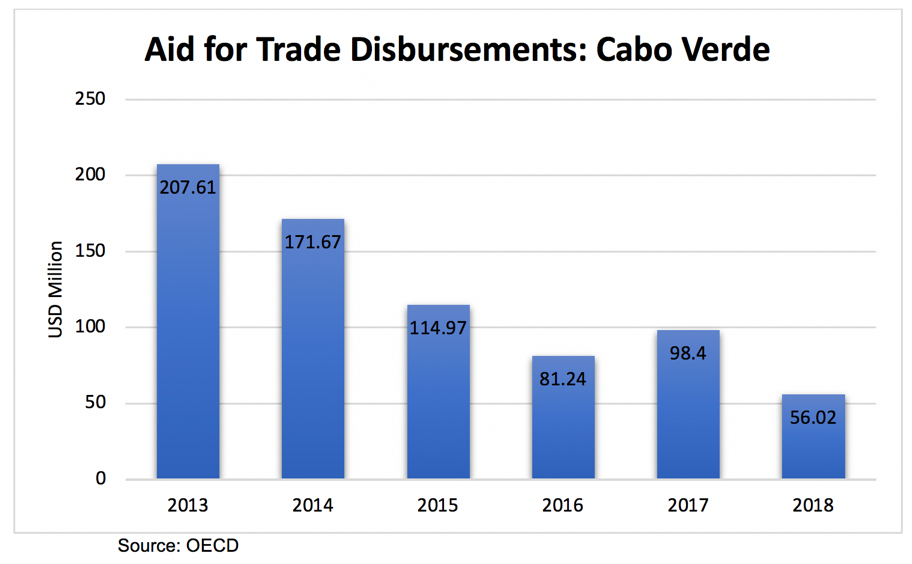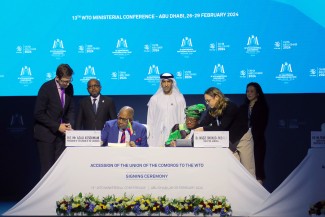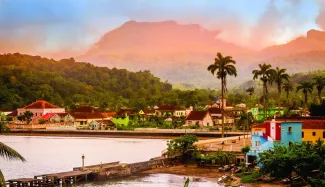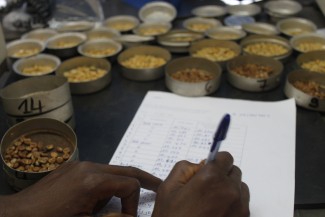Cabo Verde is often described as “off the beaten path”, whatever that means. In reality, the tiny country of 10 islands has been on many paths since the 15th century, when Portuguese sailors first stopped in the uninhabited archipelago.
In the last few decades, the country 600 kilometers off the west coast of Africa has forged a new path with tourism, pushing economic growth in a place with few resources and little wealth. The result has been a move from “least developed country” (LDC) status to “developing” in 2007, a reduction in poverty and, for 2019, an annual growth rate of 5.7%.
“For Cabo Verde, 25% of the GDP is tourism, and we depend on it,” said Francisco Martins, National Director for Tourism at the Ministry of Tourism and Transport.
“Our situation was good and we ended 2019 with very good macroeconomic indicators. We were looking to tourism to drive the Cabo Verde economy while looking to spread tourism from the two main islands to others,” Martins said. “But since COVID, from March nothing has happened, there has been no activity.”
The country started to slowly open back up to tourism a few weeks ago, and is moving forward with plans to diversify both its tourism sector and its trade more generally.
The graduate
“Cabo Verde is a really interesting country. When we first wanted to be independent the UN classified us as an unviable country – we have no natural resources and there was nothing we could rely on to develop. But since then, Cabo Verde has been proving itself, via our bilateral and multilateral cooperation with many institutions and countries,” said Gilson Lima, Advisor to the Minister of Industry, Trade and Energy and former National Implementation Unit Coordinator with the Enhanced Integrated Framework (EIF).
“Since our graduation from LDC status, we have been trying to improve by taking advantage of our comparative advantages – including tourism. But we are trying to diversify from tourism as well,” he added.
Being categorized as an LDC by the United Nations grants countries certain privileges and support from donors, including through EIF, which supports the 47 LDCs and four recent graduates. Having graduated more than a decade ago, EIF support to Cabo Verde has been phased out, as have other resources from development partners.

“EIF was supporting us in trade-related matters, with a focus on training programs and capacity building for governmental institutions, as well as for MSMEs. We saw small companies that were doing things in one direction and since they had those trainings they went in other ways – it was a clear evolution,” Lima said.
Right aid
The partnership with EIF also produced two studies of Cabo Verde’s trade situation with recommendations for action, including for the tourism industry, and seeing potential in a range of niche markets like seafood, as well as ICT. The pandemic has, of course, thrown a wrench in some plans.
“In spite of graduation, the current crisis shows that trade diversification remains a priority. Reliance on the tourism industry plays a significant role, but additional sources of national income are necessary during this challenging period,” said Jonathan Werner, EIF Coordinator for Cabo Verde.
“This uncertain future also means that there is a greater need to think of additional and creative ways of collaborating. International cooperation and partnerships will be paramount to surpassing the current challenges,” he added.
But beyond COVID-19, the country has other major challenges that it continues to address.
“What impacts us a lot is the lack of water and the size of our market, which is not good for trade or for industry because we don’t have the scale. We are trying to gain scale through our regional integration like ECOWAS and seeing the opportunities in the AfCFTA,” Gilson said.
“The tourism sector is led by international hotel chains and they need to be supplied. We want to make sure national products have a chance to enter that market. But we need to move from subsistence agriculture to market-oriented agriculture, and also since rain is very scarce our small farms can’t provide at the scale that hotels need. So there’s a lot of investment that could be made with capacity, agricultural technologies and more desalinization of water applied to agriculture. There are other non-agriculture products that also need investment in order to enter not only the national tourism market but also overseas. The challenge will always be the same – trying to find resources to invest,” he added.
Healthy trade
In response to the pandemic, Cabo Verde’s government worked with its hotels and other tourism-related companies to ensure workers still got paid. Employees that were laid off starting in April and extended until December are receiving 70% of their income, half paid by the government and half by businesses.
“We have had more than a 60% decrease in tourists this year. Now we’re preparing for tourism to return, so we have a health program on sanitation and we’re preparing all the operators, all the businesses that are linked to tourism from the airport to transfers to restaurants to travel agencies, everybody is preparing and adopting protocols for safety,” Martins said.
“We are also working on the new operational plan for tourism for the next five years from 2021-2026. So we are going step by step. As to travel next year it won’t be a very nice scenario, but it means we need to face up to it and work as much as we can and continue being resilient and do our best,” he added.
Having started on the path of re-opening to tourism, the country is keeping its eye on the COVID situation outside the country and within, and looking to open Sal Island to the European market in December.
If you would like to reuse any material published here, please let us know by sending an email to EIF Communications: eifcommunications@wto.org.



